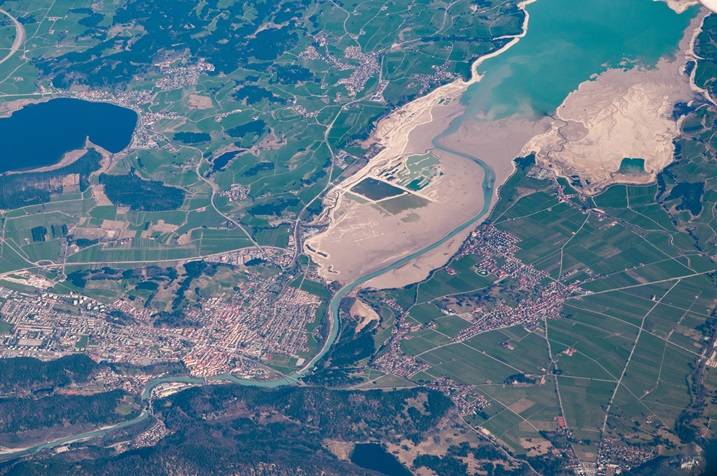The role of geographic information system (GIS) in the electric power industry
 Geographic Information System (GIS) in the energy sector
Geographic Information System (GIS) in the energy sector
The construction or modernization of power lines is an opportunity to collect large amounts of spatial data. These data can be the basis for using them as valuable information in the grid management process, but not only that. For this purpose, one of the grid management support systems, i.e. geographic information system (GIS), can bring significant value. What is it and what is the role of GIS in the energy industry?
GIS technology – basic information
A geographic information system is a type of information system used to collect, collect, process and visualize geographic data. GIS is short for Geographical Information System. The system known as GIS consists of geographic databases, software, and users who can enter, process, or use data. The role of GIS includes: supporting the decision-making process, but GIS technology can also be used in many other processes. The geographic information system uses geoinformation in its operation. Geoinformation, in turn, is a type of information that can be obtained through the interpretation of geospatial data. The key data in geoinformation is location, i.e. spatial data and attributes that supplement information about spatial features.
Use of GIS in the energy industry
A geographic information system can be used basically wherever the presentation and interpretation of geospatial data plays an important role. We are talking about sectors such as agriculture, environmental protection, spatial planning, transport, military and energy. The role of GIS in the energy industry is growing with the development of technology and the possibilities of collecting and processing various spatial data.
Nowadays, GIS can, among other things, support energy distributors in the process of comprehensive management of network infrastructure. It allows, among other things, to monitor risks or assess the possibility of using renewable energy sources. It is also used in areas such as power line design, planning new investments or modernizing facilities. In addition, the use of GIS technology also means stable operation of the power system, as it allows forecasting the demand for electricity.
The benefits of using a geographic information system in the energy industry also include elements such as reducing the need to create, maintain and use paper documentation. The introduction of a central database and its use also increases the possibility of implementing work automation solutions.

GIS services offered by Eltel Networks
With the development of the company and, above all, the creation of the Eltel Networks Research and Development Center, new opportunities to implement GIS technology in the company’s activities have emerged. Integration of a geographic information system with other solutions, such as LiDAR laser scanning, creates new business opportunities and accelerates the implementation of company projects. Currently, Eltel Networks provides GIS services, and our offer includes.:
- creating map portals presenting investment plans as an element of the social communication process
- spatial reporting of investment works
- using GIS systems as a database of facility documentation – passporting
Various possibilities of using the geographic information system
The GIS system allows you to collect and process huge sets of various data, and use them to create presentations in the field of spatial visualizations, present information on interactive digital maps, or create visualizations of diagrams and charts, which makes them easier to understand. All these possibilities can be used, for example, at the planning stage of various investments – selecting appropriate locations for wind farms or deciding where a substation should be located at the network design stage. Moreover, the implementation of GIS technology facilitates collaboration between different teams, which can simultaneously use the same information. Therefore, it is an element that can minimize the risk of misunderstandings or errors at the stage of investment development and implementation, and thus increase the business efficiency of the entire company.
At the level of current management of the power grid, the benefits of using GIS include the ability to integrate different data from various systems or the ability to automate the process of transferring data from company branches to the central database. Moreover, the use of a geographic information system facilitates monitoring the network condition, e.g. obtaining current information on the technical condition of individual devices, or even easier locating and thus faster removal of possible failures.